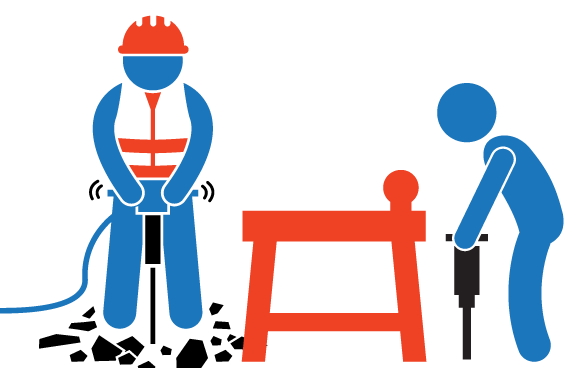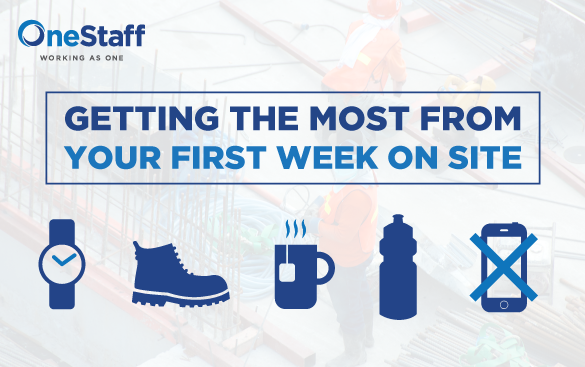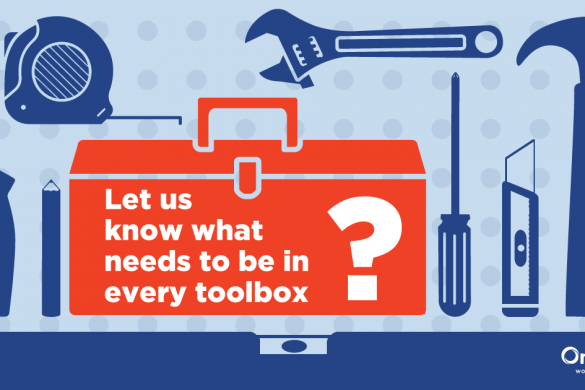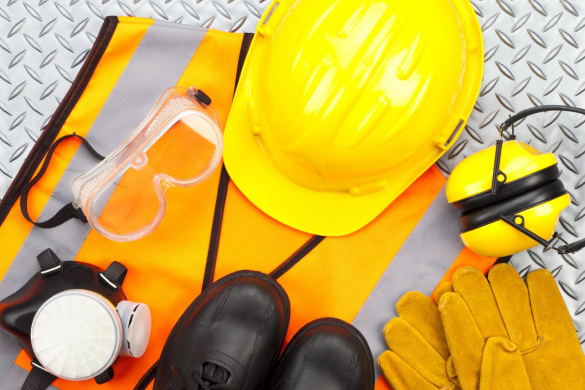There are many safety hazards in and around construction sites all year round, but the winter months can bring the most dangerous working conditions. With lower temperatures and bad weather, the risk of slips, falls and illnesses will be at an all-time high.
To ensure you and your co-workers stay safe and healthy onsite this winter, there’s no better time than now to review a few basic precautionary safety tips.
Stay Up-to-date on Weather Forecasts
When it comes to preventing hazards, knowledge is power. Taking a few minutes each morning to check the weather forecasts for the day can put potential hazards at the front of your mind and help to keep others safe.
On days where the weather is looking grim, periodically checking forecasts throughout the day is a great idea. In addition, if your site manager doesn’t already provide daily updates on weather conditions, it could be a good idea to propose doing so during the colder months.
Report Any Health & Safety Concerns
During the winter, temperatures can sometimes drop extremely low and wind/gust speeds can be higher than normal. The human body isn’t built to withstand harsh weather conditions for long periods of time, so it’s important to be aware of your wellbeing in such circumstances.
In addition, ice can quickly form on cold, rainy days, so always be keeping an eye out for slipping and falling hazards in and around the site. If you feel that there is a serious Health & Safety risk while at work, then report it to your site manager or OneStaff consultant and follow their instructions.
Wear Appropriate Clothing
Your Personal Protection Equipment (PPE) is there to keep you safe against all hazards, including ones brought on by adverse weather. So, make sure your gear protects you from cold temperatures, strong winds and rain. These include heavy-duty moisture-resistant jackets, insulated gloves and hats, and boots with non-slip soles to prevent falling. At the same time, remember to dry out your gear each day to protect yourself from frostbite and in extreme cases, hypothermia.
Watch Your Caffeine Intake
Whilst there are few things better than a warm cup of coffee to wake you up in the morning, keep an eye on your overall caffeine intake during the colder months. As caffeine is a stimulant, it can increase your heart rate and provide a false sensation of feeling warm despite cold temperatures. Instead, staying hydrated through drinking lots of water (or even herbal tea) is significantly better for you overall.
Inspect All Vehicles Before Use
The cold weather can cause a range of engine and hydraulic problems in construction vehicles so it’s important to check that they’re fully operational before use. Just as you would do stretches to warm up before going for a jog, let the engine run first to avoid being stranded out in the cold. If you’re using a plant or making a delivery, ensure someone onsite knows what you’re doing and where you’re going in case you do have a breakdown. In addition, ensure all vehicles have an emergency kit, including a flashlight, blanket, emergency flares, snacks and water.
Watch for Signs of Cold Stress
Any construction worker in a cold or wet environment could be at risk of cold stress. These risks of continued exposure include trench foot, frostbite and hypothermia.
Trench foot is caused when workers’ feet are prolonged to wet and cold temperatures for too long. There have been cases of trench foot occurring in temperatures as high as 15 degrees if feet are constantly wet. The symptoms of trench foot include redness of skin, swelling, numbness and/or blisters.
Frostbite is caused by the freezing of the skin and underlying tissue. The lower the temperature, the quicker frostbite can occur. Frostbite will typically affect feet and hands, and symptoms can include reddened skin with grey or white patches, numbness, blisters and/or skin feeling firm or hard.
Hypothermia occurs when body heat is lost faster than it can be replaced. Although hypothermia is more likely to occur at very cold temperatures, it can occur at around four or five degrees if a worker is chilled from rain, sweat or cold water. Mild symptoms include shivering but as body temperature falls, shivering will stop. If symptoms worsen, workers may lose concentration and become disorientated. After that, loss of consciousness can occur, and immediate medical help will be needed.
If you notice any of the above symptoms in yourself or anyone else, seek medical help immediately.
Summary
When it comes to the safety of you, your colleagues and everyone else in and around a construction site, there is no room for error. Some places in New Zealand can get very cold during the winter
months but even if the temperature isn’t that low, rain and sweat combined with a cooler climate can still be a risk. If you have any concerns over Health & Safety at work, please contact your OneStaff consultant or site manager immediately. Stay safe and warm this winter!











